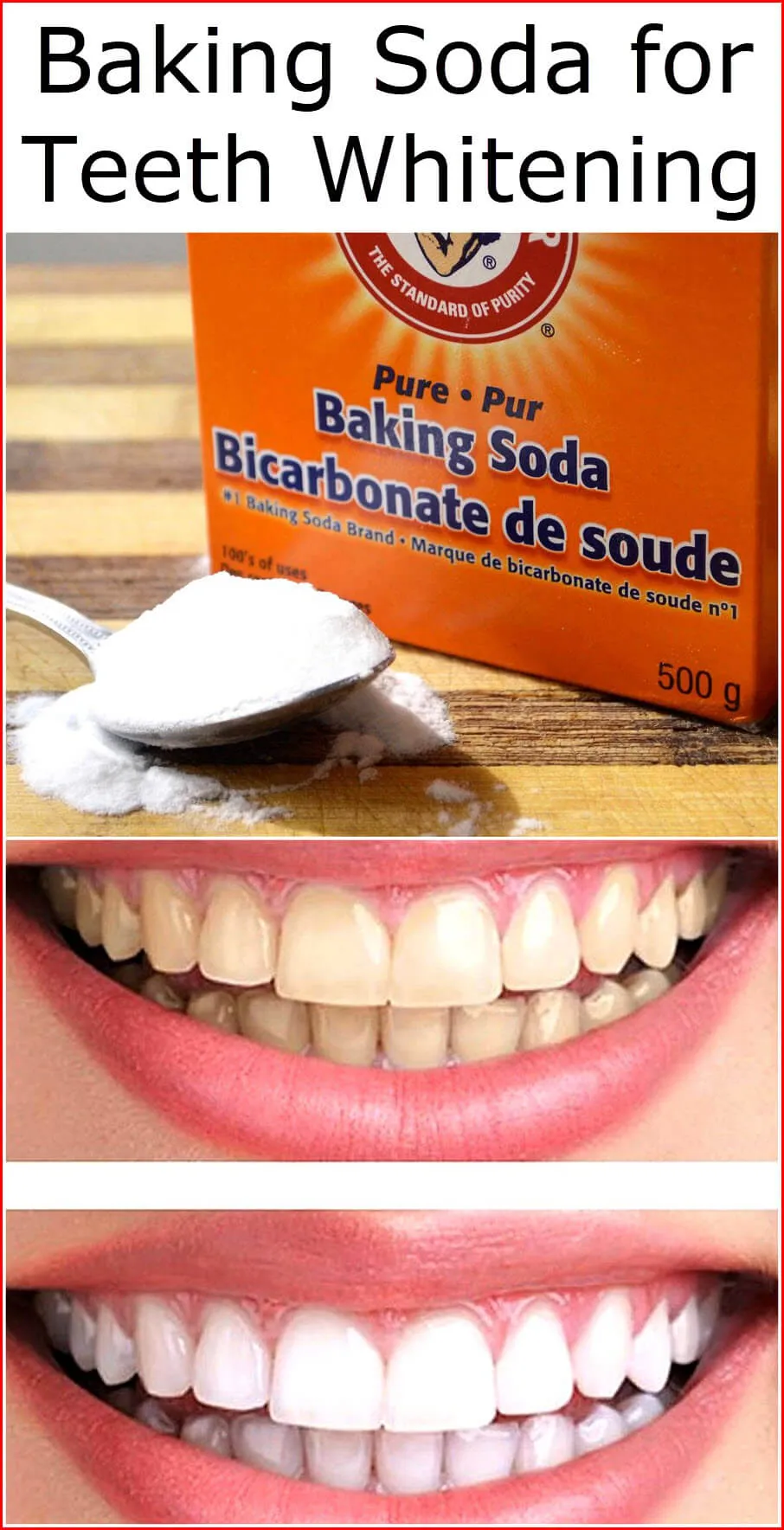Understanding Teeth Whitening with Baking Soda
The desire for a brighter smile is a common one, and many people turn to home remedies for teeth whitening, with baking soda being a popular choice. Baking soda, or sodium bicarbonate, is a mild abrasive and has been used for various household and health purposes for many years. When it comes to teeth whitening, the appeal lies in its potential to remove surface stains and offer a more affordable alternative to professional treatments. However, it is essential to approach this method with a clear understanding of how it works, its benefits, potential risks, and how to use it safely. This guide aims to provide a comprehensive overview of baking soda teeth whitening, helping you make an informed decision about whether it is the right choice for your oral health needs. Understanding both the advantages and disadvantages is crucial for maintaining healthy teeth and gums while striving for a whiter smile.
How Baking Soda Works for Whitening
Baking soda’s effectiveness in teeth whitening primarily stems from its abrasive properties. When applied to the teeth, the fine particles of baking soda help to gently scrub away surface stains caused by foods, drinks (like coffee and tea), and smoking. This action can remove the build-up of discoloration, revealing a brighter surface. It is important to emphasize that baking soda is not a bleaching agent like hydrogen peroxide, which is often used in professional teeth whitening treatments. Instead, baking soda works by physically removing stains. The degree of whitening achieved with baking soda can vary depending on the type and severity of the stains, as well as the frequency and consistency of use. Regular use can lead to noticeable improvements over time, but it is important to have realistic expectations. The results may not be as dramatic as those achieved with professional treatments.
The Science Behind Baking Soda’s Whitening
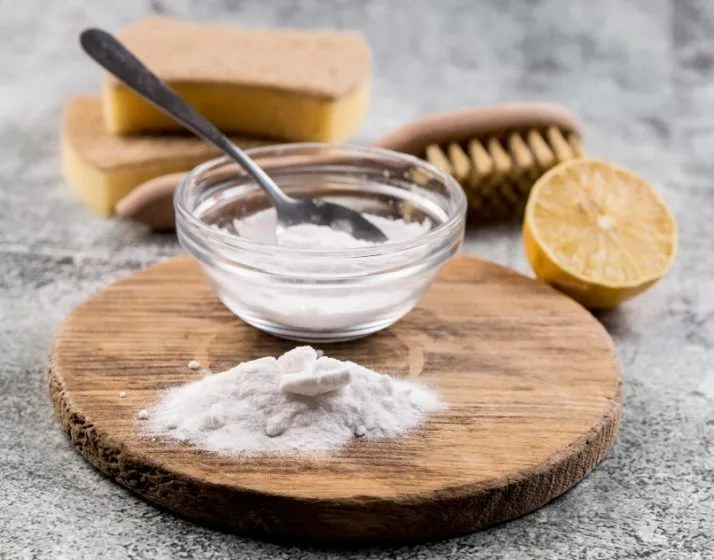
From a scientific perspective, baking soda works through mechanical action. Its slightly alkaline nature (pH of about 8.3) also helps to neutralize acids in the mouth, which can be a contributing factor to tooth decay and stain formation. However, the primary mechanism of action is abrasion. The small, irregular particles of baking soda effectively act as a mild abrasive, disrupting and removing the thin layer of stains that adhere to the enamel surface. While this process can effectively remove extrinsic stains, it does not alter the intrinsic color of the teeth. Intrinsic stains, those within the tooth structure, typically require bleaching agents to lighten. Therefore, baking soda is most effective for surface stains and less effective for deep-seated discoloration. Overuse or excessive pressure during brushing can potentially lead to enamel erosion, highlighting the importance of moderation and gentle brushing techniques.
Benefits of Using Baking Soda
The primary benefit of using baking soda for teeth whitening is its accessibility and affordability. Baking soda is readily available in most households and is significantly cheaper than professional teeth whitening treatments or many over-the-counter products. Another benefit is its mild abrasive action, which can effectively remove surface stains caused by common dietary habits, like coffee, tea, and certain foods. This can lead to a noticeable improvement in the brightness of the teeth. Baking soda can also help to freshen breath due to its ability to neutralize acids and its antibacterial properties. Moreover, baking soda can be easily incorporated into your existing oral hygiene routine, making it a convenient option for those looking to enhance their smile. When used correctly, baking soda can provide a simple and cost-effective method for maintaining a brighter smile, complementing regular brushing and flossing practices.
Effectiveness of Baking Soda
The effectiveness of baking soda in teeth whitening can vary from person to person. It primarily works on removing extrinsic stains, leading to a brighter appearance. The degree of whitening depends on the type of stains, the frequency of use, and the individual’s oral hygiene habits. For some, the results may be subtle, while others may see more noticeable improvements. Consistency is key; regular use over time is usually required to see the best results. It is important to have realistic expectations. Baking soda is generally less effective than professional whitening treatments that use stronger bleaching agents. Its effectiveness is best when used in conjunction with other oral hygiene practices, such as regular brushing, flossing, and dental check-ups. Those with significant intrinsic stains or heavily stained teeth may find that baking soda provides only limited results. The best way to determine the effectiveness of baking soda for your teeth is to try it for a few weeks and monitor the results while maintaining good oral hygiene practices.
Preparing for the Process
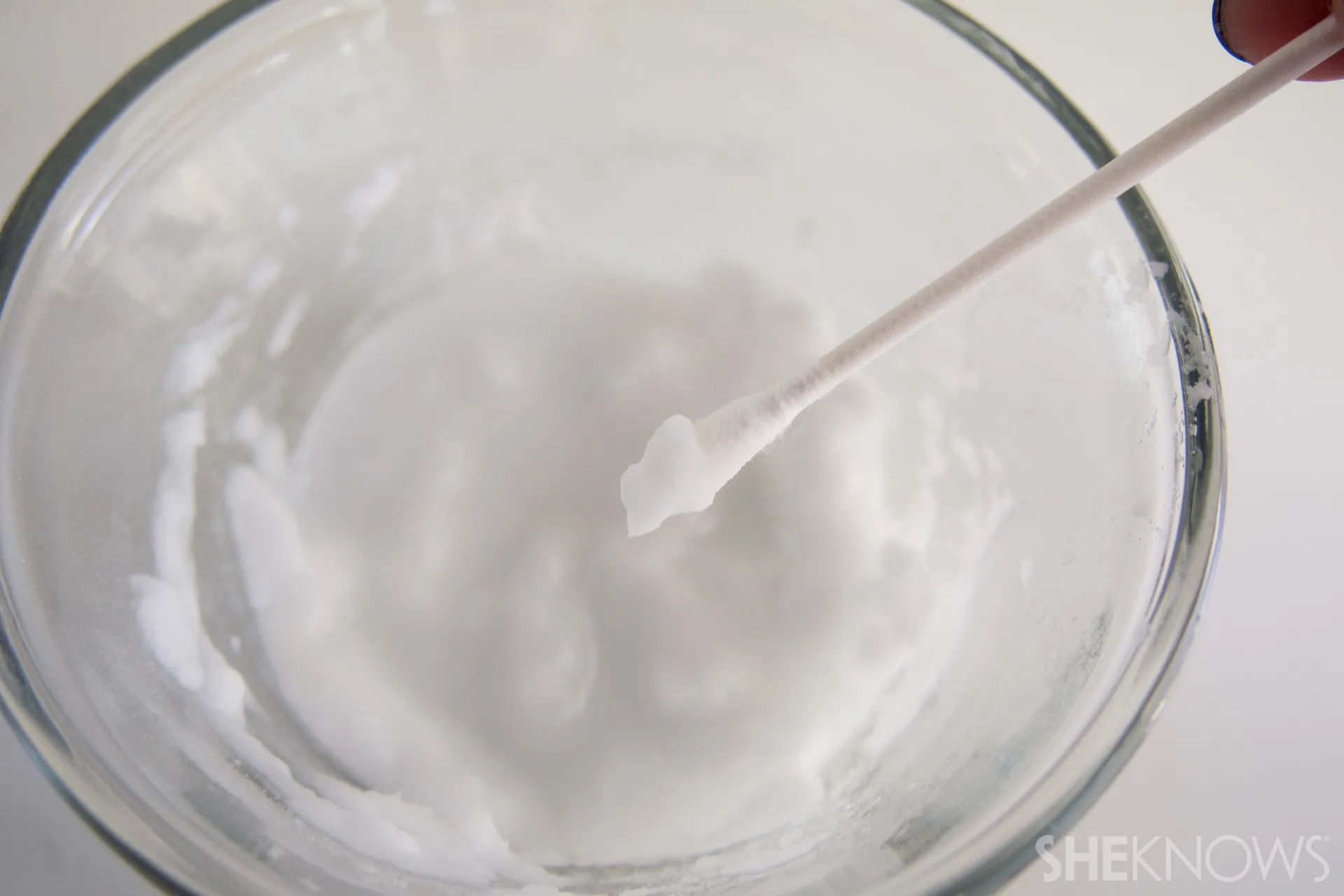
Before starting any teeth whitening regimen with baking soda, it is essential to prepare properly to ensure both safety and effectiveness. This includes understanding potential risks, gathering the right supplies, and setting up realistic expectations. A thorough preparation phase will minimize the chances of any adverse effects and help to optimize your whitening results. It is crucial to start with a healthy foundation, addressing any existing dental issues before starting the baking soda treatment. Consulting your dentist before beginning any new dental care practice is advisable, especially if you have sensitive teeth or any underlying dental conditions. Furthermore, it is important to research the potential risks involved and learn how to mitigate them. With proper preparation, you can safely use baking soda as part of your oral hygiene routine and have a positive teeth whitening experience.
Things to Consider Before Using Baking Soda
Before using baking soda for teeth whitening, it’s important to consider several factors. First and foremost, evaluate the current state of your dental health. If you have any existing dental problems such as cavities, gum disease, or sensitive teeth, consult your dentist before starting. Baking soda can exacerbate these issues. Understand that baking soda is an abrasive. Overuse or aggressive brushing can erode the enamel, leading to increased sensitivity and a higher risk of cavities. Be realistic about the results. Baking soda is effective for removing surface stains, but it cannot change the intrinsic color of your teeth. It is not as powerful as professional whitening treatments. Consider your sensitivity levels. If you experience any discomfort or sensitivity while using baking soda, reduce the frequency or discontinue use and consult a dentist. Finally, manage expectations. Baking soda can contribute to a brighter smile, but it is best used as part of a comprehensive oral hygiene routine. Regular dental check-ups and cleanings are crucial. It is not a one-size-fits-all solution.
Gathering Your Supplies
Gathering the right supplies is a simple but essential step in using baking soda for teeth whitening. First, you will need baking soda (sodium bicarbonate). Ensure you are using a fresh box of baking soda and not a baking powder, as they are different substances. Next, you will need a toothbrush. Choose a soft-bristled toothbrush to minimize abrasion on your enamel. Hard bristles can cause more damage. A small container or dish will be helpful for mixing the baking soda with water to form a paste. Water is the primary ingredient for making the paste, and tap water works perfectly well. You may also choose to add a small amount of toothpaste to the mixture, although this is optional. If you decide to add toothpaste, opt for a fluoride toothpaste to help protect your teeth from cavities. Finally, a timer can be helpful to ensure you do not brush for too long. Having these basic supplies ready will allow you to begin your teeth whitening routine with baking soda smoothly and safely.
Step-by-Step Baking Soda Whitening Guide
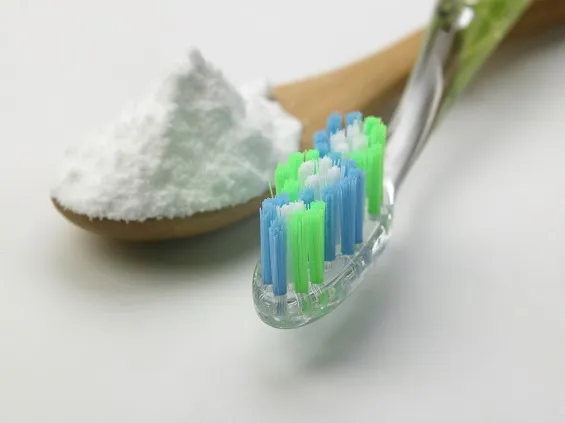
Following a proper step-by-step guide is essential to effectively and safely use baking soda for teeth whitening. This ensures you maximize the benefits while minimizing potential risks. The process is straightforward and can be easily integrated into your daily routine. This guide includes a clear recipe for the baking soda paste, as well as the correct application and brushing techniques, and the recommended frequency and duration of use. Following these steps will help you get the most out of your baking soda teeth whitening routine, contributing to a brighter and healthier smile.
Recipe for Baking Soda Paste
Creating the baking soda paste is a simple process. Begin by placing a small amount of baking soda (about a teaspoon) into a small dish or container. Next, add a small amount of water, a few drops at a time, while stirring. The goal is to create a paste with a consistency similar to toothpaste. Add enough water to form a thick paste, not too runny or too dry. You can also add a small amount of your regular toothpaste to the mixture if desired. This adds fluoride to the mixture and may improve the taste. However, it is not essential to the whitening process. Once the paste is ready, it’s ready for application. Remember, a little goes a long way. Avoid using excessive amounts of baking soda to minimize the risk of enamel erosion. The goal is to create a gentle yet effective cleaning agent.
Application and Brushing Techniques
The application and brushing techniques are vital for effective and safe teeth whitening with baking soda. Once you have prepared your paste, wet your toothbrush and dip it into the mixture, ensuring it is coated evenly. Apply the paste to your teeth, making sure to cover all surfaces. When brushing, use gentle, circular motions, focusing on each tooth. Avoid applying excessive pressure, as this can erode the enamel and damage your gums. Brush for about two minutes, ensuring that you reach all areas of your mouth. Pay attention to the gum line, where stains often accumulate. After brushing, rinse your mouth thoroughly with water to remove any remaining baking soda paste. Be sure to spit out the mixture and not swallow it. Follow this process consistently, adhering to the recommended frequency and duration, to see the best results. Proper technique will help to maximize the whitening effect while minimizing any potential harm to your teeth and gums.
Frequency and Duration of Use
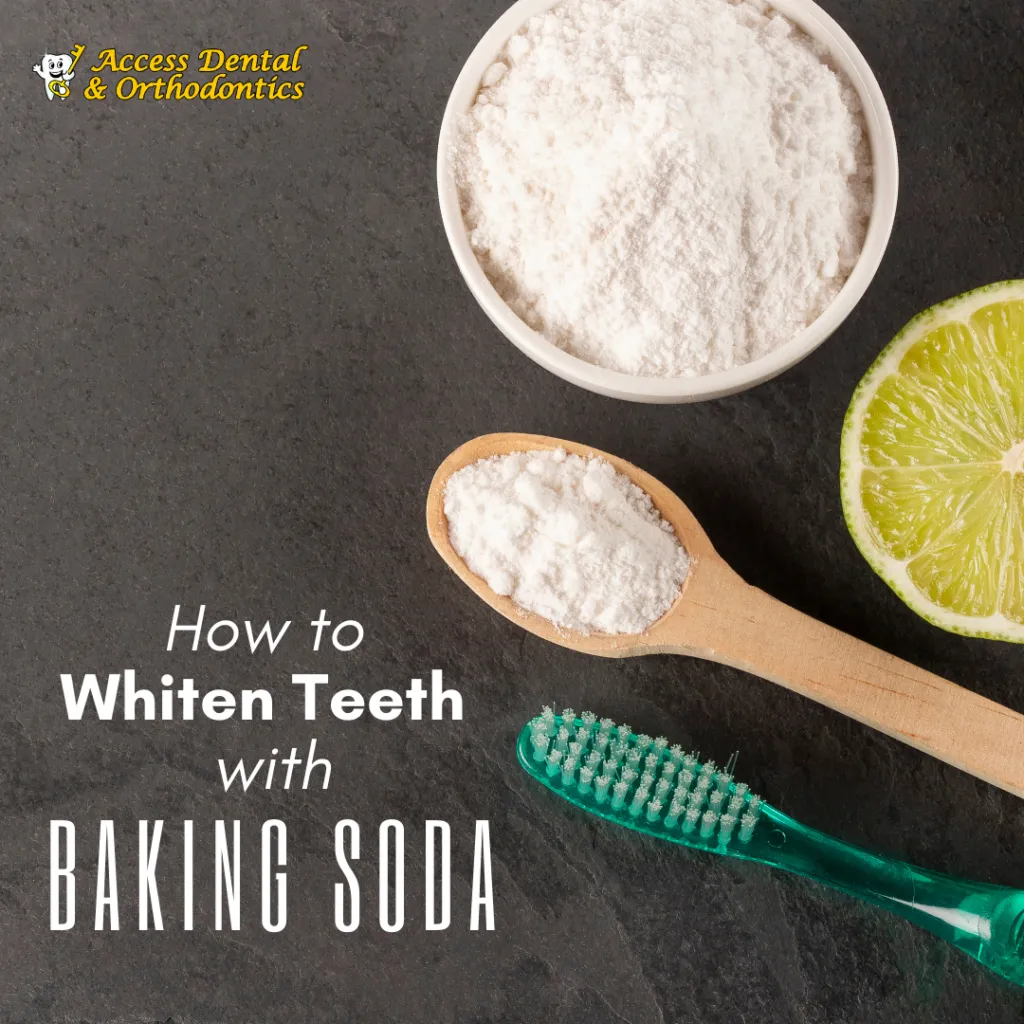
The frequency and duration of using baking soda for teeth whitening are important factors in determining its effectiveness and safety. Generally, it is recommended to use baking soda for teeth whitening no more than two to three times a week. Overuse can increase the risk of enamel erosion and teeth sensitivity. Brushing for two minutes is generally recommended, following the same duration as you would when using regular toothpaste. Ensure you brush gently to avoid causing damage to your enamel. Consistency is key to seeing results. Make sure you use the baking soda paste on a regular schedule, but avoid overdoing it. It is best to adjust the frequency based on your teeth’s sensitivity and any side effects you experience. If you notice increased sensitivity, reduce the frequency or stop using baking soda and consult with your dentist. Combining baking soda with other oral hygiene practices like regular brushing with fluoride toothpaste, flossing, and dental check-ups are essential.
Aftercare and Maintenance
After using baking soda for teeth whitening, it is essential to follow a proper aftercare routine to ensure the health and longevity of your teeth. This includes proper rinsing, monitoring results, and making necessary adjustments to your routine. Proper care helps to maintain the benefits of the whitening process while also protecting your teeth from potential damage. By paying attention to your oral hygiene and adjusting your routine as needed, you can enjoy a brighter smile and maintain healthy teeth. This section provides the necessary guidelines to maximize the benefits of baking soda teeth whitening while minimizing any risks.
Rinsing and Cleaning
After brushing your teeth with the baking soda paste, rinsing your mouth thoroughly is crucial. Rinse your mouth with plenty of water to remove all traces of baking soda and any dislodged debris. It is important to ensure that no residue remains, as baking soda can have a drying effect and can cause irritation if left on the gums for an extended period. After rinsing with water, you may consider using a fluoride mouthwash. Fluoride helps strengthen tooth enamel and can counteract the abrasive effects of baking soda. Swish the mouthwash for about 30 seconds, making sure to reach all areas of your mouth. Be sure not to swallow the mouthwash. Rinsing and cleaning properly helps prevent any potential adverse effects, such as sensitivity. It also ensures that you are removing any remaining residue, leaving your mouth feeling clean and refreshed.
Monitoring Results and Adjusting
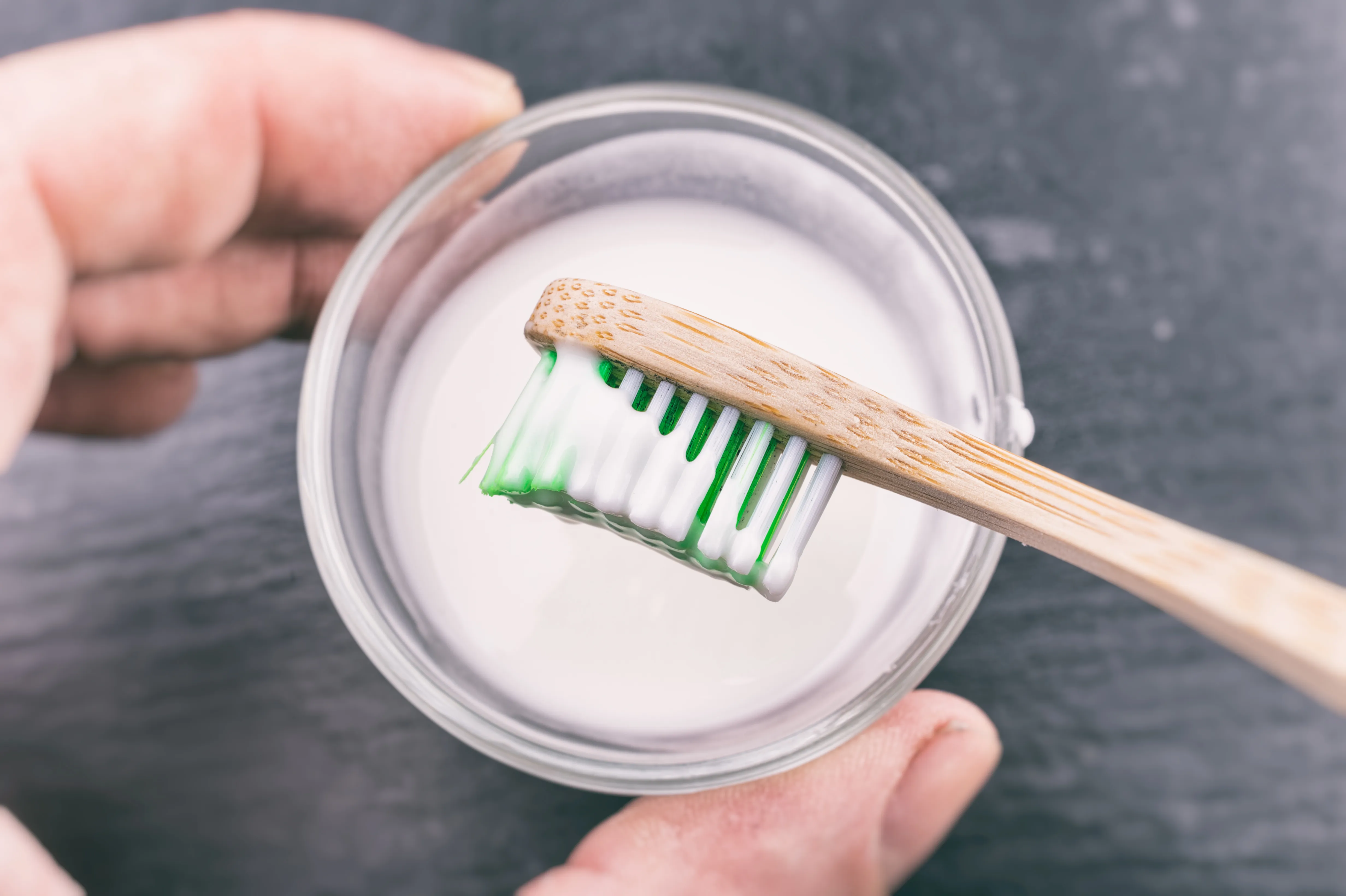
After starting your baking soda teeth whitening routine, it is essential to monitor the results and make any necessary adjustments. Keep track of the changes in your teeth’s brightness and any sensitivity you may experience. Take photos of your teeth before you start and periodically during the process. This will help you to visualize the progress. If you notice any increased sensitivity, it is essential to reduce the frequency of use or consult your dentist. If you are not seeing the desired results, you can consider other whitening methods. You can also try combining baking soda with other ingredients, such as hydrogen peroxide. However, always exercise caution and consult with a dentist before making any significant changes. The key is to find a routine that works best for your teeth and oral health needs. Regular check-ups with your dentist will ensure that you are on the right track and to address any concerns.
Potential Risks and Side Effects
While baking soda can be a useful tool for teeth whitening, it is essential to be aware of potential risks and side effects. These can include tooth sensitivity and enamel erosion, among others. Understanding these risks is crucial to using baking soda safely and making informed decisions about your oral health. This section discusses the common side effects associated with baking soda teeth whitening. It provides valuable information and guidance on how to minimize these risks and make the most of this method while ensuring your oral health remains a top priority. Always consult your dentist if you experience any unusual symptoms or concerns.
Sensitivity and Irritation
One of the common side effects of using baking soda for teeth whitening is increased sensitivity and irritation. Because baking soda is abrasive, it can wear away the enamel, which protects your teeth. This can expose the underlying dentin, which contains tiny tubules leading to the nerves of your teeth, causing them to become more sensitive to hot and cold foods and drinks. Some people may also experience irritation of the gums. This is usually caused by the abrasive nature of baking soda. The gums can become inflamed or sore if overused or if the brushing technique is too aggressive. If you experience tooth sensitivity or gum irritation, it is essential to reduce the frequency of use or stop using baking soda altogether. You may need to consult your dentist, especially if symptoms persist. Switching to a desensitizing toothpaste can also help reduce sensitivity.
Enamel Erosion Concerns

Enamel erosion is a significant concern when using baking soda for teeth whitening. Over time, the abrasive action of baking soda can wear down the enamel, making teeth more susceptible to decay, sensitivity, and discoloration. Enamel is the hardest substance in the human body, but it can still be damaged by excessive abrasion. Once the enamel is gone, it cannot be replaced. The gradual loss of enamel increases the risk of cavities, as the underlying dentin is softer and more vulnerable to acid attacks from bacteria. Moreover, enamel erosion can make teeth appear more translucent, leading to an aged appearance. To minimize the risk of enamel erosion, use baking soda sparingly and brush gently. Avoid applying too much pressure, and do not brush for extended periods. Regular dental check-ups are also essential to monitor the condition of your enamel.
Tips for Safe and Effective Use
Using baking soda for teeth whitening effectively and safely requires following specific tips and best practices. This section provides essential guidance on how to maximize the benefits while minimizing the risks associated with this home remedy. It covers techniques for safe usage, including combining baking soda with other safe ingredients and consulting your dentist. By adhering to these recommendations, you can improve the effectiveness of your teeth whitening efforts and protect your oral health.
Combining with Other Remedies
While baking soda can be effective on its own, combining it with other remedies can enhance the whitening effect and support overall oral health. One common combination is baking soda and hydrogen peroxide. Hydrogen peroxide is a mild bleaching agent. Combining it with baking soda can potentially boost its stain-removing capabilities. However, use this mixture cautiously, as excessive hydrogen peroxide can cause sensitivity and damage enamel. Another popular combination is baking soda and lemon juice. Lemon juice is acidic, and while it has whitening properties, it can also erode enamel. Therefore, this combination should be used sparingly. Another excellent addition to consider is a few drops of tea tree oil, known for its antibacterial properties, to help promote oral health. Always research the safety and effectiveness of any combination before use and consult with your dentist.
Consulting Your Dentist
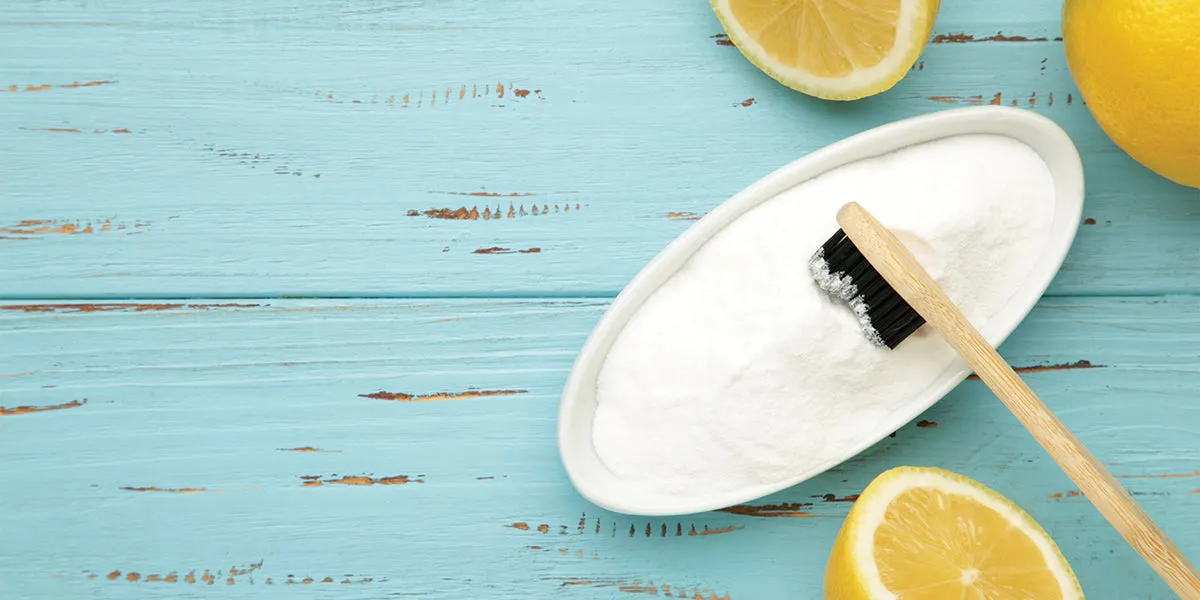
Consulting your dentist is crucial before starting any teeth whitening regimen, including using baking soda. A dentist can evaluate the health of your teeth and gums and identify any underlying issues that might be exacerbated by this method. They can determine if teeth whitening with baking soda is appropriate for you, considering factors like enamel thickness, existing dental work, and the type of stains you have. Your dentist can also provide tailored advice on how to use baking soda safely, the frequency of use, and any potential risks specific to your oral health. Regular dental check-ups are an integral part of maintaining your oral health. Your dentist can monitor the effects of baking soda on your teeth over time and offer professional cleaning and whitening options if necessary. They may also offer guidance on alternative whitening options and make appropriate recommendations based on your individual needs.
Alternative Whitening Options
If baking soda teeth whitening does not meet your expectations or if you experience any adverse effects, several alternative whitening options are available. Over-the-counter whitening products, such as whitening toothpaste, strips, and gels, are readily accessible and often more effective than baking soda. These products usually contain peroxide-based bleaching agents. Professional teeth whitening treatments performed by a dentist are the most effective option. These treatments use stronger bleaching agents. They provide faster and more dramatic results. For individuals with specific dental conditions or who prefer a less abrasive method, consider using activated charcoal. This alternative is a gentler abrasive and can help remove surface stains. Each option comes with its own set of benefits and potential drawbacks. It is essential to weigh these considerations and consult with a dental professional. They can recommend the best option based on your individual needs, preferences, and oral health conditions.
